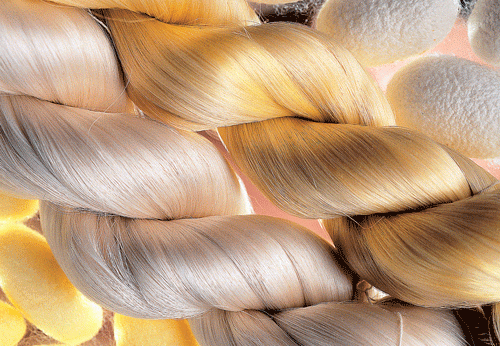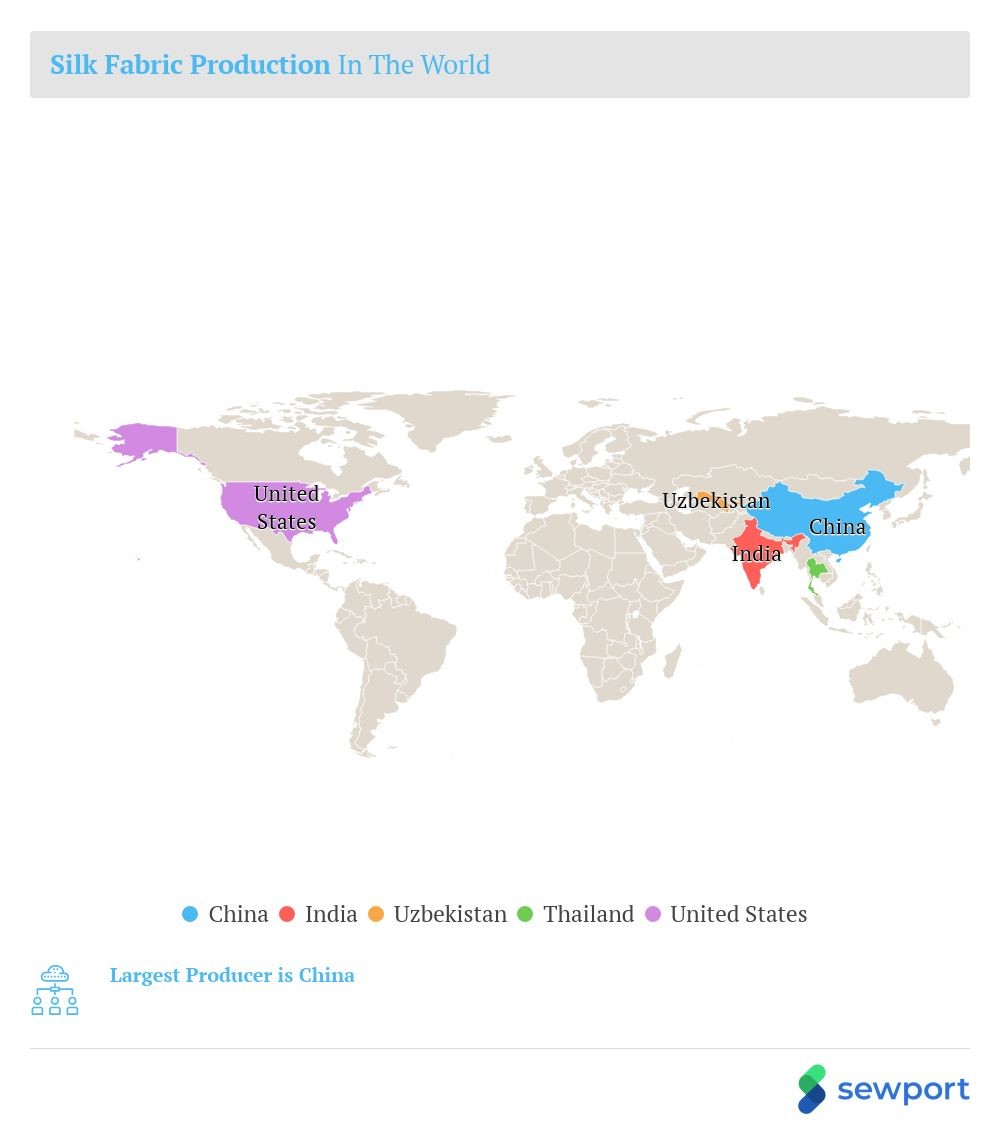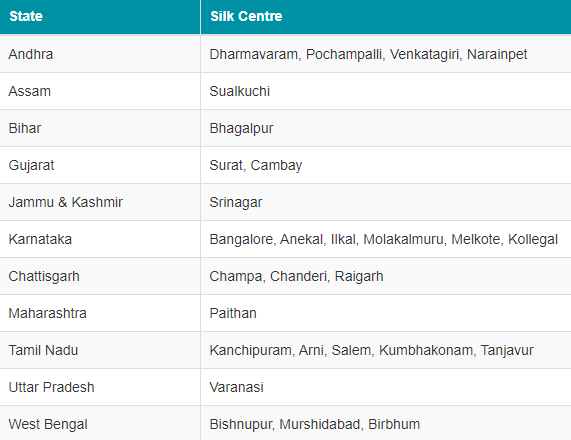




Disclaimer: No Copyright infringement intended.
Context
About
Silk
Sericulture

Types of Silk

|
Central Silk Board is a statutory body established under the Central Silk Board Act, 1948. It functions under the aegis of Union Ministry of Textile. It is a national organization for overall development of silk sector in India. |
https://www.pib.gov.in/PressReleasePage.aspx?PRID=1757679







© 2025 iasgyan. All right reserved